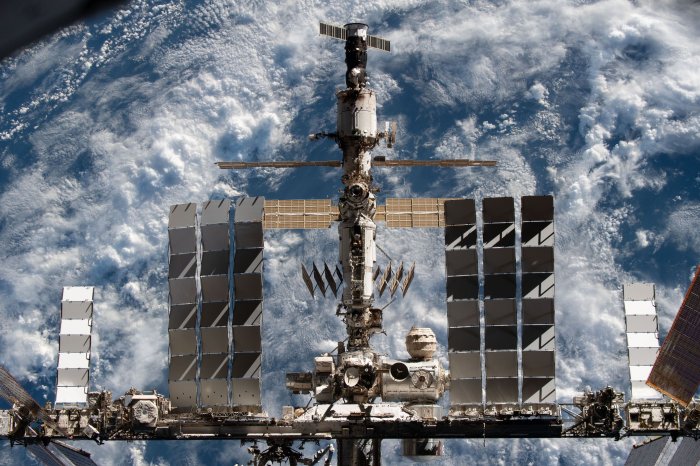1 of 4 | This image of the Crab Nebula was taken by the Chandra X-ray Observatory, which also has been used to convert signals from space into sounds humans can process and understand. Image courtesy of NASA |
License Photo
ORLANDO, Fla., Oct. 30 (UPI) -- Marsquakes, the Milky Way and swirling gases on Jupiter are represented through sounds in a new NASA compilation, Sinister Sounds of the Solar System, released just in time for Halloween.
The space agency and astronomy researchers have translated data from radio signals and other phenomena into audio tracks for many years, but the recent Halloween-themed release compiles such tracks like never before.
"The sounds you're hearing have been translated into something humans can hear and appreciate. They are not actually sounds that the universe emits, but a different way of appreciating the data NASA collects," said Kimberly Arcand, visualization and emerging technology lead for NASA's Chandra X-ray Observatory space telescope.
On NASA's new playlist, one can listen to eerie representations of a quake on Mars, recorded by the Mars Insight lander in 2019, or a supermassive black hole at the center of the Milky Way, as recorded by the Chandra observatory in recent years.
The Chandra telescope was launched from Florida aboard the space shuttle Columbia in 1999 and orbits the Earth at 65,438 miles.
Sound interpretations of data from instruments like Chandra are designed to help the public appreciate science, but also for scientists eager to spot patterns and anomalies in data, Arcand said.
Puerto Rican astrophysicist Wanda Diaz, who went blind in her 20s, pioneered many of the techniques to observe astronomy data as sounds.
The sounds equated with data from black holes or faraway places in the universe may be purely interpreted data, but sounds from Mars are closer to what one may actually hear on that planet, said Mark Panning, a seismologist with NASA's Jet Propulsion Laboratory in Pasadena, Calif.
If someone were standing near the epicenter of a Marsquake, that person actually may hear a rumble coming from the ground, Panning said. Such a rumble is on NASA's Halloween playlist.
"If you turn seismic data into sound, there can be some creepy effects," Panning said. "This mostly sounds like bass tones, because our equipment is limited to lower frequencies."
NASA published the sound playlist on Soundcloud. Halloween is Saturday.
The International Space Station is pictured from the SpaceX Crew Dragon Endeavour during a flyaround of the orbiting lab that took place following its undocking from the Harmony module’s space-facing port on November 8. Photo courtesy of NASA
















